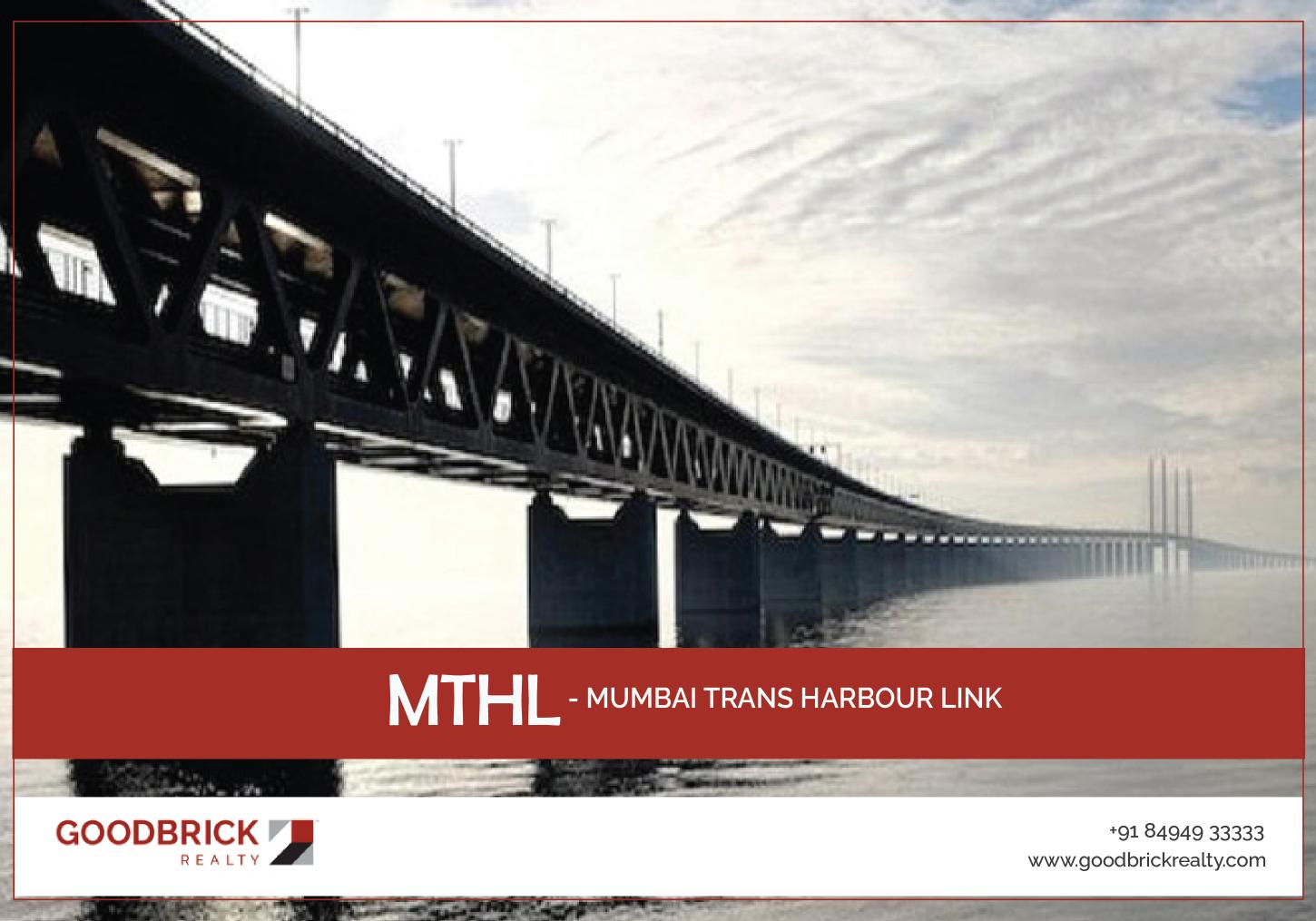
As a leading metropolitan city, Mumbai is renowned for its robust public transportation infrastructure. The latest addition – the Mumbai Trans Harbour Link (MTHL) – will be a gamechanger for connectivity and accessibility. As India’s longest sea bridge at 22 km, the MTHL exemplifies Mumbai’s visionary urban planning and strategic infrastructure development.
With interstate migration and urbanization intensifying, the MTHL will alleviate congestion between Mumbai city and Navi Mumbai. The project was conceived in the 1990s and revived in 2016 to address Mumbai’s growing transportation needs. Now underway, the MTHL will facilitate faster growth of Navi Mumbai and enhance overall regional connectivity.
With its emphasis on sustainable development, the Mumbai Metropolitan Region Development Authority (MMRDA) is spearheading the Construction in Mumbai of this visionary infrastructure project. Upon completion, the MTHL will be a new benchmark for efficient transportation and intercity integration in one of India’s most populous urban regions.
The ambitious Mumbai Trans Harbour Link (MTHL) project spans 21.8 km, including an 18.2 km bridge crossing Mumbai Harbour. With an estimated cost of ₹17,843 crore, the 6-lane, 27-meter wide link has 3 lanes in each direction plus 2 emergency lanes. Constructed by Larsen & Toubro, IHI Corporation, Daewoo E&C, and Tata Projects, the 97% completed sea link is owned by the Mumbai Metropolitan Region Development Authority (MMRDA). Chiefly funded by the Japan International Cooperation Agency (JICA), the link will connect Mumbai city and Navi Mumbai to relieve congestion and facilitate regional connectivity. With a 100 kmph speed limit, the MTHL aims to transform transportation efficiency in the populated metro area. The main toll plaza is planned near Gawhan village in Navi Mumbai, with 6 additional smaller plazas at the Shivaji Nagar Interchange. As an infrastructural marvel spanning Mumbai Harbour, the MTHL exemplifies visionary urban planning and strategic construction in Mumbai.
For daily commuters between South Mumbai and Navi Mumbai, the MTHL will significantly reduce travel times and offer an alternative to existing routes. The project promises smoother traffic flow and intercity travel with its alignment from Sewri to Chirle. As a state-of-the-art sea link expressway, the MTHL will transform how people and goods traverse the Mumbai metropolitan region.
The Mumbai Trans Harbour Link (MTHL) project brings numerous advantages to Mumbai’s infrastructure and real estate landscape. As an ambitious addition to the city’s development, the MTHL will enhance connectivity, accessibility, and growth in key areas.
Specifically, the MTHL offers the following benefits:
1.Alleviates overcrowding in Mumbai’s island city by opening new avenues to Navi Mumbai, reducing congestion in South Mumbai
2.Drastically cuts travel time from Mumbai to Navi Mumbai from 2+ hours currently to less than an hour
3.Promotes industrial and urban development in Navi Mumbai and surrounding regions, creating new professional opportunities
4.Provides enhanced access to the proposed Navi Mumbai International Airport and Mumbai-Pune Expressway via the 6-lane bridge
5.Facilitates economic growth and real estate expansion around Navi Mumbai with its improved connectivity
By linking Mumbai with its satellite cities, the MTHL unlocks the region’s potential for sustainable growth and construction in Mumbai. The project exemplifies how strategic infrastructure upgrades can transform urban living in India’s bustling metro areas.
Impact of MTHL Bridge on Real Estate
The Mumbai Trans Harbour Link will significantly impact real estate in Navi Mumbai and surrounding regions. As a planned township with excellent infrastructure and accessibility, Navi Mumbai is already an attractive residential destination. The MTHL will further enhance its connectivity to Mumbai, making it an even more appealing option for primary residences or second homes closer to workplaces in the city center. The improved access is expected to boost property values across Navi Mumbai. Areas around Navi Mumbai, such as Ulwe and parts of Raigad district, are also poised to see an uplift in rates due to their tranquil natural environs and proximity to both metro cities. By bridging the gap between Mumbai and its satellite cities, the MTHL will stimulate economic activity, unlock growth opportunities and catalyze real estate expansion in these regions. With its emphasis on holistic construction in Mumbai, the project will transform Navi Mumbai and surrounding areas into integrated extensions of the bustling Mumbai metropolis.
The Mumbai Trans Harbour Link will transform connectivity between Mumbai city and Navi Mumbai by bridging Thane Creek. Residential areas near MTHL will benefit from increased accessibility, economic growth, and property value appreciation. For Piramal Aranya residents commuting daily, the project offers immense value through time savings, traffic alleviation, and seamless links between South Mumbai and Navi Mumbai. With improved regional integration, the MTHL unlocks growth for both cities and their residents.
What is the official name of MTHL?
The Shri Atal Bihari Vajpayee Trans Harbour Link is the official name of MTHL.
What are the toll charges for MTHL?
The toll charges will be Rs 250 for a one-way trip and Rs 375 for a return trip across the MTHL bridge.
What benefits will the MTHL provide?
The MTHL will enable signal-free 20-minute connectivity between Mumbai and Navi Mumbai. It will also provide faster access to JNPT port, Navi Mumbai Airport, Mumbai-Goa highway, and Mumbai-Pune expressway.
Which is the longest sea bridge in India?
At 22 km, the MTHL is the longest sea bridge in India.
When is the MTHL opening date?
The opening date for the Mumbai Trans Harbour Link is scheduled for 12th January 2024.